Inflation and employment crunches are starting to relax as pandemic disruptions fade. As the world grapple with new variants of the coronavirus, the economy is reopening and inching towards gradual stabilization.
With prices stabilizing, monetary policies are likely to turn back from the extraordinary pandemic measures in the years to come.
The economy showcased a sensational transformation from recovery to development amid the ongoing storm of the COVID-19 pandemic. Amid this transition, the global economy may slow down due to geopolitical risk. The fear of rising rates and unequal balance of demand and supply continues to push 2022 towards a downward trend. But there are still positive factors that will drive the economy in 2022. It is predicted that global as well as domestic conditions will improve in the months ahead. While the world economy is predicted to flatline this year, economies across the globe are showing a significant rise.
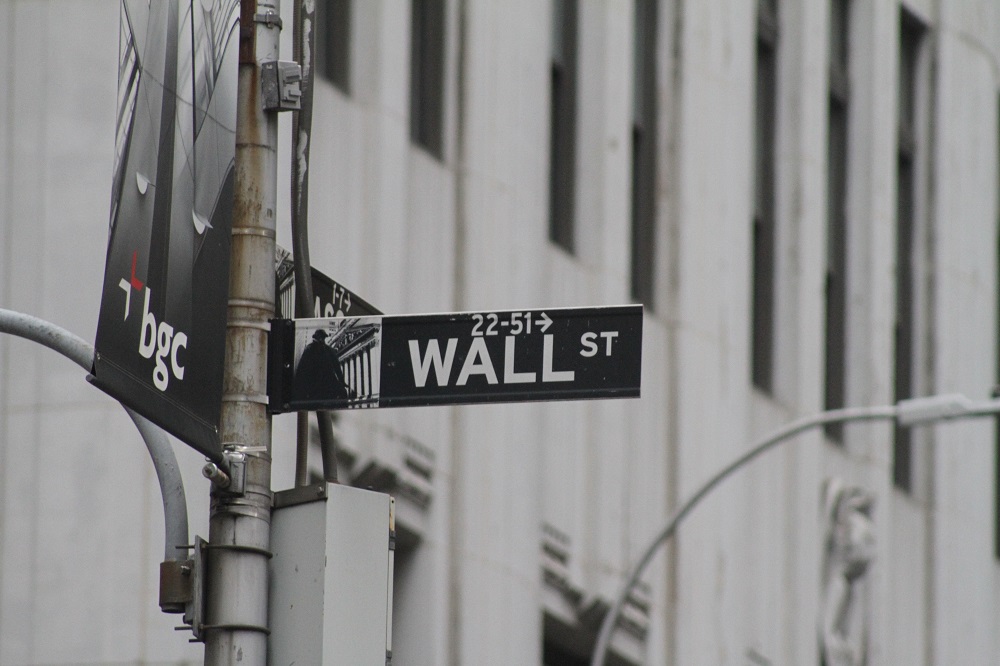
The economic curve looks gloomy but is inching increasingly compared with the emerging-economy peers.
The reopening of the global economy is being accompanied by supply chain bottlenecks, worker shortages, and the highest inflation rates seen in three decades. With the pandemic’s dislocations still clearly visible, the coming year could help establish a stable equilibrium in prices, consumer demand, and monetary policy. Here is a list of economic trends that will define the year ahead.
Global economic trends that will drive the landscape in 2022:
-
Geopolitical Tension will likely Overshadow all other Risks to Growth
According to recent survey results, executives are expecting that the economic effects due to the ongoing invasion of Ukraine will be strongly felt by the global economy. Executives are eyeing geopolitical instability as the top risk for both global as well as domestic growth in every geography. Thirty-nine percent of respondents in the survey predicted that the pandemic was a threat to domestic growth.
After nearly two years of COVID-19 being declared a global pandemic, the global economies are not citing it as the top risk to growth in the economy. The global tension escalating between Russia and Ukraine is likely to plunge soon, but nations are pondering over its effect on the demand for crude, settling the future crisis of oil.
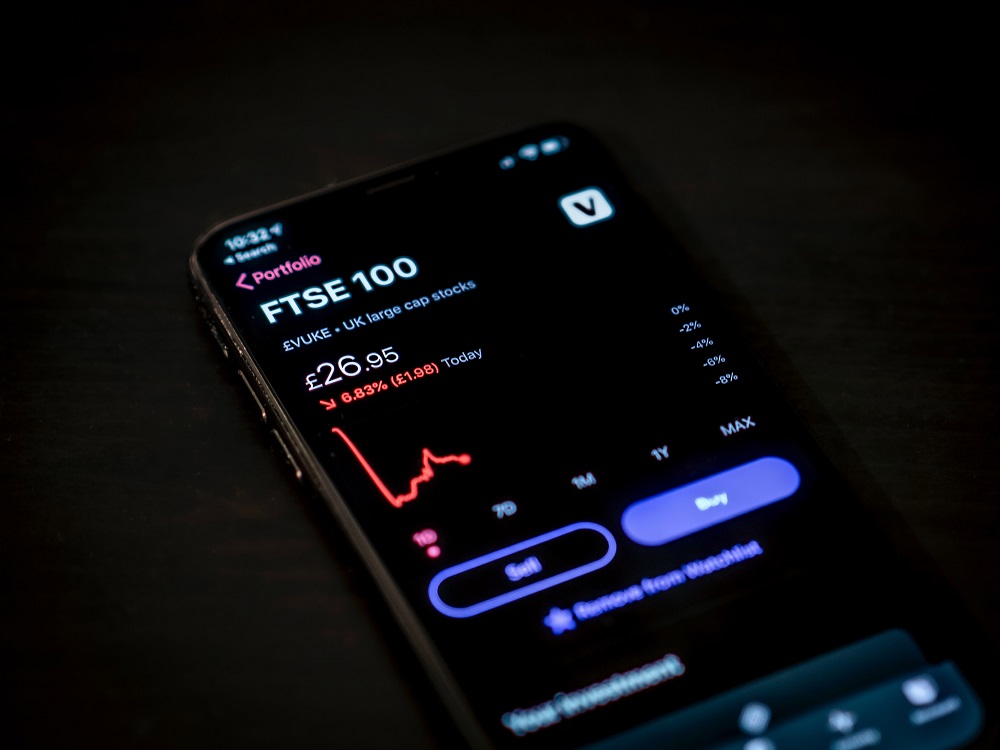
-
Overall Economic Sentiment Continues to Wane
The improving, instead of worsening, conditions in the global and domestic economy are indicative of slow growth. Over the span of the second half of 2022, the global economy will grow more downbeat. While the global economy across geographies is showing signs of improvement, the conditions can take a fall due to the new COVID-19 variant.
Read more: Top Trends That Will Shape Investment Banking In 2022
-
The Footings of the Market Stand Robust
Strong household balance sheets, exhausted inventories, and federal infrastructure spending are poised to drive market demand in 2022. Since the onset of COVID-19, personal consumption expenditures have risen to 12%, and the ratio of disposable income to household net worth is approaching a record high. Government stimulus, booming equities, and real estate markets are likely to create $2.5 trillion in excess household savings. These strong household finances will translate into yet another year of robust consumer demand in 2022. Supply chain disturbances, depleted retail inventories, the flow of merchandise resumes, and restocking backlogs will boost demand for manufactured goods by 6%.
-
With Workers Returning, Labor Shortages will Persist
The unemployment rate will improve in 2022. With asset prices shifting towards consumer prices and the GDP of emerging nations, a strong chance of improvement in the unemployment rate is being perceived. The rise in strong demand for labor is enticing the last of the pandemic’s workforce dropouts to rejoin the job market.
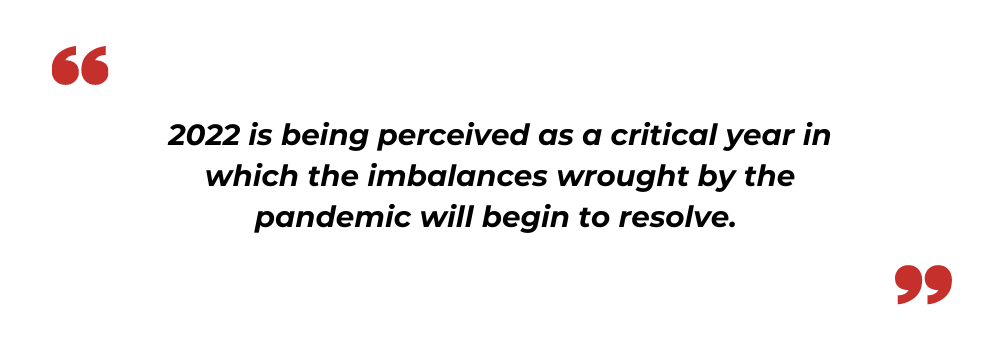
Demographic trends are likely to drive a long-term worker shortage. A return to pre-pandemic labor market participation rates and higher wages may not reverse the aging of the workforce or the slowing of immigration flows.
-
Between 4 million and 5 million workers are yet to return to their jobs.
-
Some workers are struggling to find childcare, while others are battling chronic health conditions due to an unsafe work environment.
-
The labor market is adopting highly favorable measures for workers reentering in 2022.
-
The workforce is growing more slowly than before. Businesses may switch to adopting labor-enhancing technologies with the workforce growing scarce.
-
Supply Chains will Eventually Disentangle
Due to overwhelmed ports and delayed shipments, the global supply chain is reaching its long-hidden stress points in the global supply chain. The supply of microprocessors is expected to be inelastic. A sudden surge in demand for vehicles, appliances, and electronics will outstrip the productive capacity of the world’s chip foundries. With shipping bottlenecks easing, solid progress in the flow of retail goods is expected to return to normal.
Asian manufacturers are also getting back online. Export-focused economies, including Vietnam, Malaysia, and Thailand, are vaccinating a comparatively large share of their population, leading to a rise in economies. The demand for goods will ease in 2022 with the mix of consumption moving back toward services.
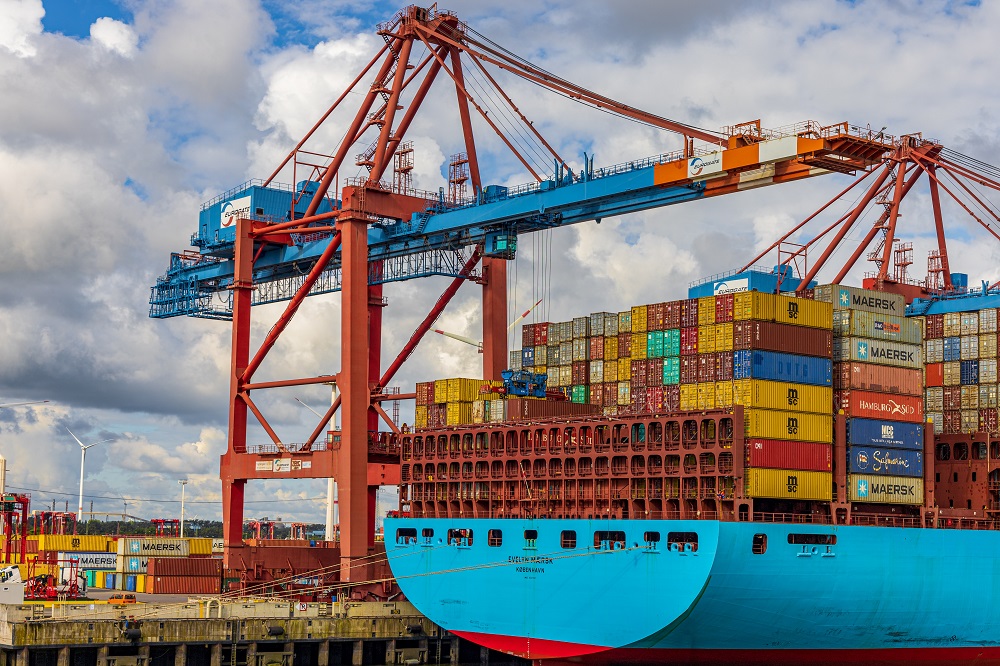
Read more: The Changing Dynamics of International Investment in India
-
New waves of Covid may not Impact the Recovery of Global Economies
Even with the onset of new waves of COVID-19 in 2022, its impact on the economy may or may not bear an impact on the global geographies. With the majority of geographies used to it, the new waves of Covid transition from pandemic to endemic are predicted to have little or zero influence.
-
Inflation May Cool Down in the second half of 2022
With Central banks starting to tighten their monetary policies, the tension of inflation, which escalated, will likely come down again in the zone of 2%-4%. While strong inflationary pressure could persist in the first part of 2022, the pressures will ease, and the economy will move back into equilibrium.
-
Prices may not rise rapidly, but year-over-year figures indicate the expected elevation in the first quarter, even if prices stabilize.
-
Shipping bottlenecks are easing, leading to a slight rise in supply chains and retail prices for goods.
-
The second half of 2022 will experience a steady flow of goods, bringing it closer to normal, thus reducing inflationary pressure.

-
The Fed will Transition toward a Neutral Economic Policy
A promising economic environment will aid set the stage for a shift toward neutral monetary policy. With the Fed beginning to taper its bond-buying program, asset purchases are scheduled to phase out by mid-2022.
-
The Federal Reserve extended its emergency support to the economy during the pandemic. In addition to slashing interest rates to near-zero, the Fed also purchased $120 billion of Treasuries and mortgages every month.
-
The Fed intervention will set the stage for rapid recovery when the economy reopens.
-
Interest rates are expected to begin to rise in 2022.
Policymakers are reluctant to raise rates in the face of ongoing pandemic risks. But the strengthening labor market and persistent price pressures are setting the stage for a return to a neutral monetary policy in the years to come. While the liftoff will be gradual, the incremental hike will provide the required for the economy to continue to grow.
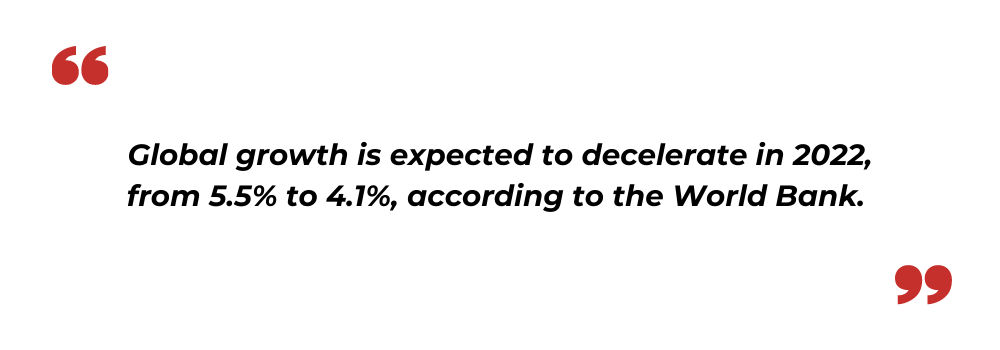
Read more: Creating Value for Climate Change Crisis Through the Lens of Private Equity
Key Points
-
2022 is being predicted as another year of above-trend growth, owing to the buildup of household savings during the pandemic, replenishment of exhausted inventories, and ongoing support from monetary policy.
-
With supply chain bottlenecks starting to ease, the flow of goods is expected to be back to normal soon.
-
Inflation will likely start to subside by the middle of 2022. But the early part of the year will see little relief from 2021’s runup.
-
If pandemic stresses fade, workers could return to the job market, but labor shortages will likely persist.
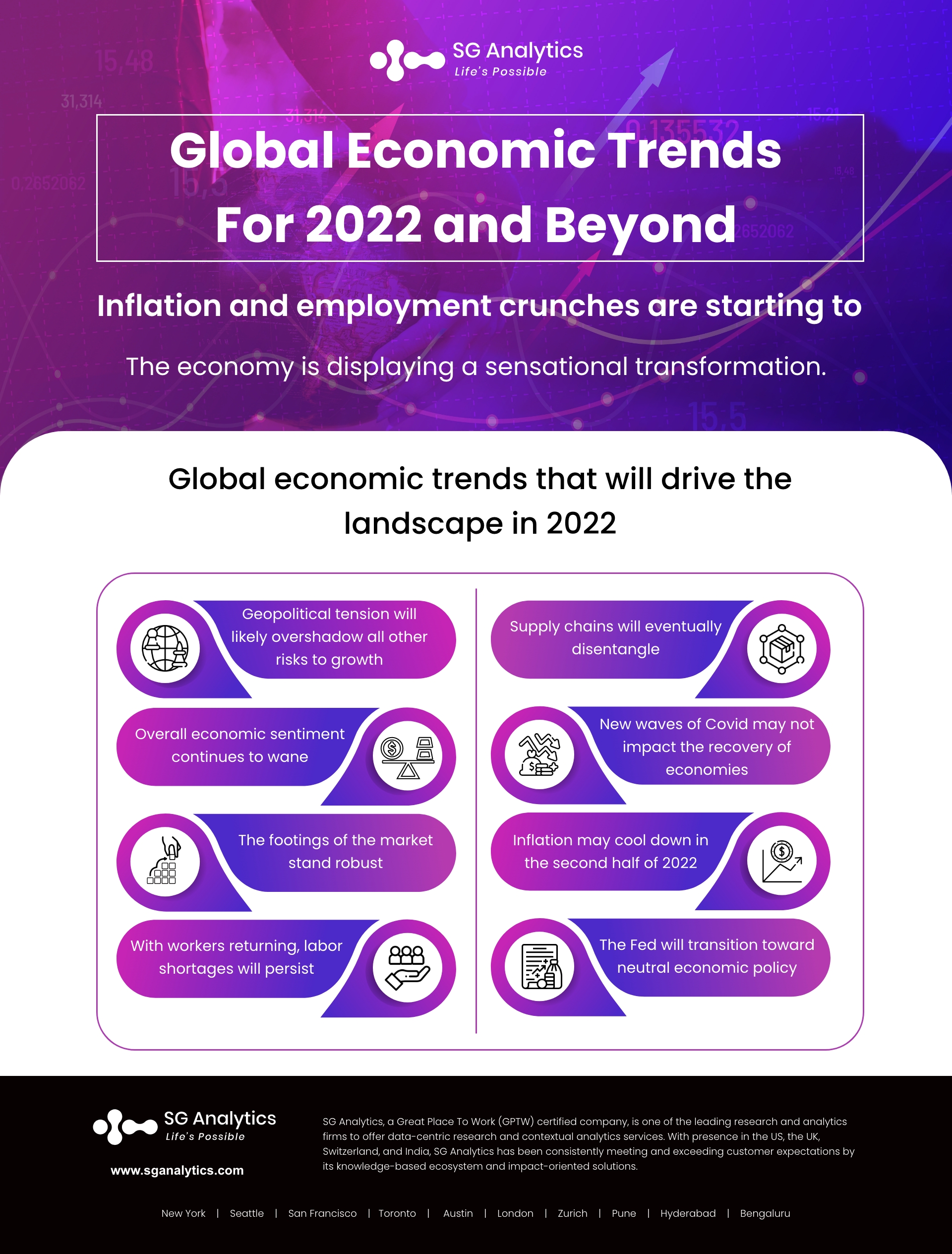
Conclusion
The economy is constantly facing turbulence. Economic growth is being pushed up by the past stimulus, both fiscal and monetary. This year the economy will mostly be driven by past stimuli. With the pandemic fading and supply chain operations getting back to normal, the market is expected to rebound.
Assuming no more lockdowns are imposed, and people get to dine out, travel, or go to concerts, the market will experience a surge, thus prolonging the distortions in the economy. Despite the ongoing pressures from inflation, disrupted supply chain, money-tightening, and COVID-19, the global economy is getting back to normal in 2022.
With presence in New York, San Francisco, Austin, Seattle, Toronto, London, Zurich, Pune, Bengaluru, and Hyderabad, SG Analytics, a pioneer in Research and Analytics, offers tailor-made services to enterprises worldwide.
A market leader in the BFSI space SG Analytics assists businesses with insightful research along with sophisticated technology solutions. Contact us today if you are in search of a BFSI firm that helps in driving value-accretive decisions and executing efficient processes to enhance the efficacy of your investments.









